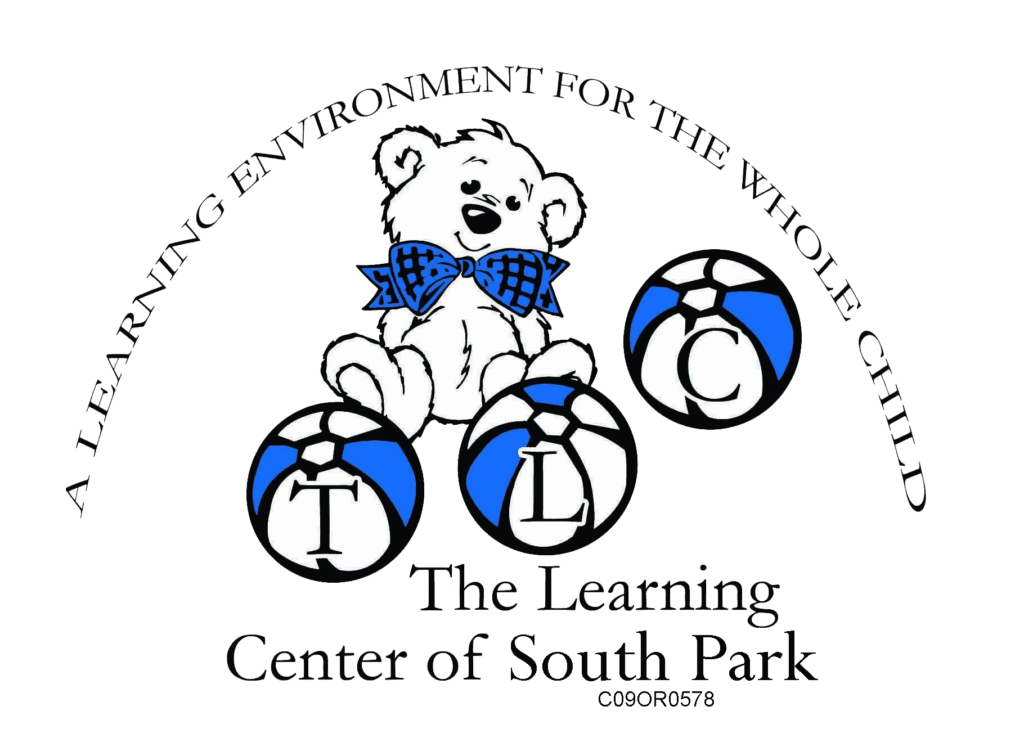Our Curriculum – Inspired by Reggio Emilia
Curriculum
Our curriculum is based on the interests of the children as defined by the teachers. The High Scope curriculum is used because it appropriately depicts how children learn. The Reggio Emilia approach to education has influenced us. Allowing infants, toddlers and preschoolers to live happily in their young environment and encouraging them to find and pursue their self-chosen pathways to knowledge and maturity is perhaps the most challenging thing any parent or teacher must master. Our job is to walk with children on their trip, clearing the way for them to avoid obstacles and providing encouragement and direction, rather than rushing to the front to lead the way.
HIGH/SCOPE
The High Scope Curriculum’s central assumption is that children are active learners who learn best through activities they design and carry out themselves.
Precepts:
- Teachers must comprehend how children mentally build the world and how these mental constructions affect their growth.
- Children’s ideas and behaviors should be encouraged rather than directed.
- Children must be able to choose what they wish to accomplish daily.
- The daily schedule of the child must serve as the foundation for instruction.
- Certain essential events are necessary for a child’s early intellectual development.
The High Scope Curriculum is made up of vital 5 ingredients in Active Learning. Active Learning is a child’s direct experience with actual objects. This Learning happens when these vital ingredients are present:
- Each child’s supplies
- Manipulation of such materials is a common occurrence
- The child chooses what to do with the resources
- The child’s selected and utilized words
- Adults or peers who provide support and encourage the child to reflect on their behavior.
Children’s activity in play is the basis of their learning.
The Key Experiences offer a helpful structure for teachers and helpers to follow while implementing the classroom program. By providing developmentally appropriate learning experiences, Key Experiences assist teaching professionals in encouraging and extending children’s self-selected activities. The Key Experiences aid the formation of logical thinking in children.
The goals of the High Scope Curriculum are to:
- Preschoolers’ developing abilities should be supported and expanded.
- Encourage active learning
- They are in charge of planning and carrying out the activities
- A direct encounter with real things and the application of logical reasoning to those experiences are provided
- Create and stick to a daily schedule that you can rely on (advance notice to children when routine changes)
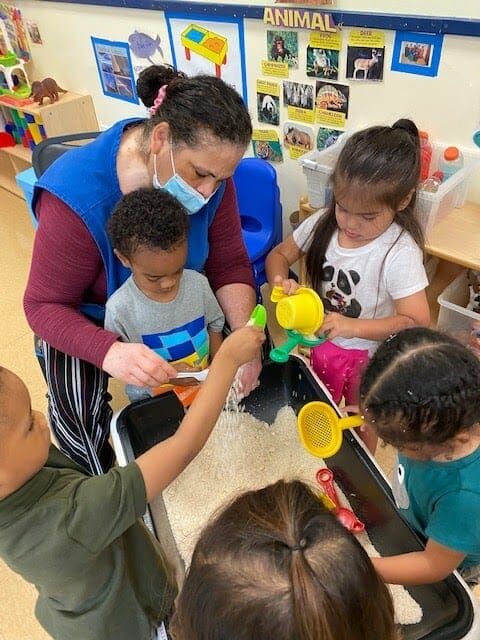
REGGIO EMILIA - AN APPROACH TO TEACHING
The following information is extracted from Carnegie Mellon Cyert Center for Early Education.
“The curriculum is not child centered or teacher directed. The curriculum is child originated and teacher framed…We have given great care in selecting the term ‘negotiated curriculum’ instead of emergent or child centered curriculum. We propose that ‘negotiated curriculum’ better captures the constructive, continual and reciprocal relation among teachers, children and parents and better captures the negotiations among subject matter: representational media and the children’s current knowledge.”
Innovations in Early Education: The International Reggio Exchange, vol. 3, no.
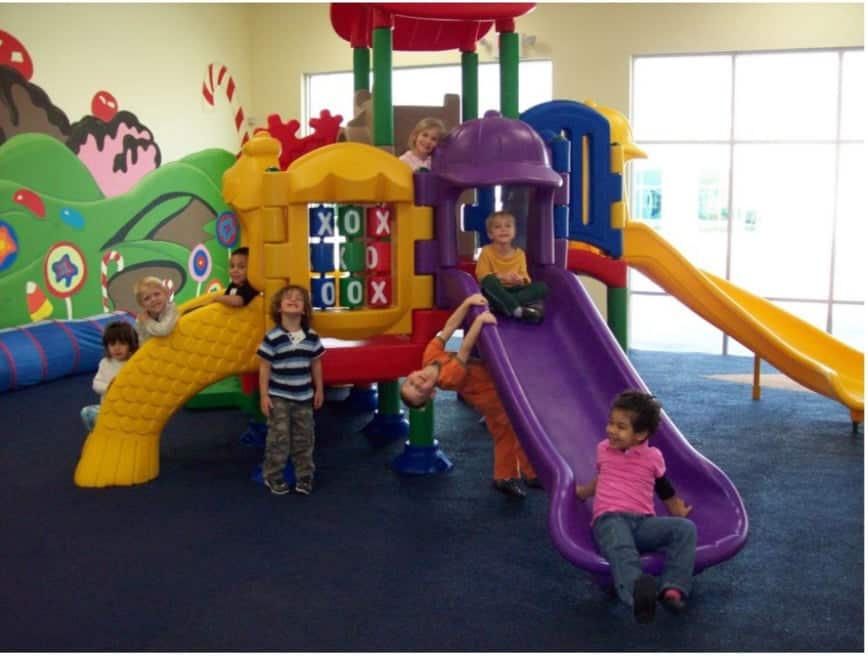
Reggio Emilia - an Overview
The Reggio Emilia approach to education hailed as an exemplary model of early childhood education (Newsweek, 1991), is dedicated to the creation of learning conditions that will enhance and facilitate children’s construction of “his or her powers of thinking through the synthesis of all the expressive, communicative, and cognitive languages” (Edwards and Forman, 1993). The Reggio Emilia method to early childhood education is a city-run and funded program for all children from birth to age six. The Reggio Emilia method may be used to provide information and inspiration for educators, parents, and children as they collaborate to improve their educational programs.
Origin and development of the Reggio Emilia Approach:
Loris Malaguzzi established his school in Reggio Emilia, a lovely town in northern Italy, in 1945. In 1967, it became a public school, and it has since evolved. In the 1980s, Malaguzzi’s school gained worldwide recognition. In the early 1990s, the RE method was implemented in the United States. In the United States, several schools have embraced the RE method, with the bulk of them being in Massachusetts, California, Missouri, and Illinois. So far, we have three schools in Florida: Miami, Gainesville, and St. Pete. We are the first school in Central Florida to use the RE method.

Parents' Comments About Our Learning Center:
South Park parents love to share their experience with our childcare services. There’s a reason we consistently receive a 5-star parent rating on Facebook.

Debora Francis

Jc Meiller

Gabi Sorgon

Arielys Ayuyu
Principles of the Reggio Emilia Approach
You must remember that all principles outlined below are interrelated.
- The Hundred Languages of Children. Each child learns and communicates in their unique manner. All of the methods are acknowledged and appreciated..
- Images of the child. Children are capable people who can learn what they need to know on their own. They often learn through trial and error. Mistakes serve as stepping stones to learning.
- Children’s relationships and interactions within a system. The triangle that promotes the learning process is formed by the relationships between parents and teachers, children and teachers, and parents and children. Teachers must get to know their students and their parents because this creates an atmosphere that encourages cooperation in the classroom.
- Collaboration as the foundation of the system. The high level of collaboration requires a lot of assistance, provided by a well-thought-out structure and organization. Teachers are acutely aware of each child’s potential and utilize this information to create and maintain a cooperative atmosphere in which each child may thrive. In a classroom, teachers collaborate. Collaborative group activity, big and little, is thought to be beneficial and essential for cognitive growth. Through group activity, children are taught to discuss, criticize, compare, negotiate, speculate, and solve problems. Multiple viewpoints create both a feeling of group belonging and the uniqueness of self in the Reggio Emilia method.
- The role of time and the importance of continuity. The calendar does not stop the flow of time, and the clock does not set it. The rhythm and sense of time that children experience is unique to them. When planning actions, this factor is taken into account. For three-year cycles, children remain with the same instructors and peer group. The group’s environment changes every year as their developmental needs and interests shift, but their connections with instructors and peers stay stable and strong.
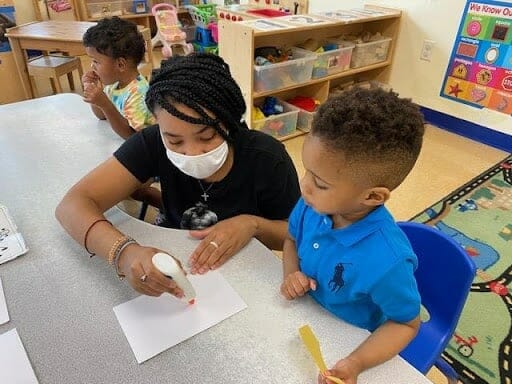
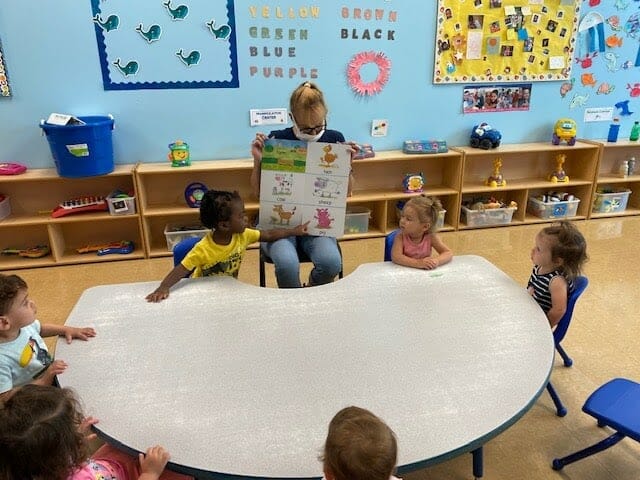
- The 3 subjects of education.
- The role of the child. Children’s rights, not only their needs, should be acknowledged. Children have a right to receive high-quality care and education that encourages them to reach their full potential.
- The role of parents. Parents are involved in their children’s education. Parents are encouraged and expected to participate in various ways, including day-to-day interactions, schoolwork, discussions of educational and psychological problems, special events, field excursions, and celebrations.
- The role of teachers as partners. The teacher’s job is to serve as a resource, a listener, a nurturer, a collaborator, and a catalyst for growth. The teacher’s job is seen as a continuous study and learning process with the students and is based on teamwork.
The function of the teacher in the Reggio Emilia method is complicated. When working as co-teachers, the teacher’s job is to be a learner alongside the children first and foremost. As they offer knowledge to children, the teacher is a teacher-researcher, a resource, and a guide (Edwards, 1993). Educators in this kind of teacher-researcher position attentively listen, watch, and record children’s work and the development of the community in their classroom and provoke, co-construct, and encourage children’s thinking and peer cooperation. Teachers are dedicated to self-reflection on how they teach and learn.
- to co-explore the learning experience with the children
- to elicit creative thinking, problem-solving, and conflict
- to collect children’s thoughts and return them for further investigation
- to arrange the classroom and materials in an attractive manner
- to arrange resources to assist youngsters in making informed media choices
- Visual, videotape, tape recording, and portfolios are examples of ways to chronicle children’s development.
- to assist youngsters in seeing the links between their learning and their experiences
- to assist youngsters in using representational art to convey their knowledge
- to create and develop a “collective” among other teachers and parents
- to have a discussion with parents and other instructors about the projects
- to strengthen the connection between home, school, and the community
- The power of documentation. To record the work (and process of learning) done in the school, transcriptions of children’s comments and conversations, pictures of their activities, and representations of their thinking and learning using various media are meticulously organized. This is done to make parents aware of their children’s experiences, to enable teachers to understand children better and to evaluate their work, thereby promoting professional growth, to facilitate communication and exchange of ideas among educators, to make children aware that their efforts are valued, and to create a portfolio for the children. Documentation of children’s work in progress is an essential tool in the learning process for children, teachers, and parents, similar to the portfolio method. As a graphic representation of learning dynamics, pictures of children engaging in experiences, their words as they describe what they are doing, feeling, and thinking, and the children’s interpretation of events via visual media are shown.
- Emergent curriculum. Themes emerge from children’s beliefs and interests, reinforcing their drive to study for the rest of their lives. Teachers state broad objectives, make educated guesses about the direction activities and projects will take, and make necessary preparations. Then, after watching children in action, they compare, debate, and interpret their findings together before making decisions about what to provide and how to keep the children engaged in their exploration and learning. The emergent curriculum necessitates the use of team planning. Teachers collaborate to develop hypotheses about a project’s potential directions, materials required, and potential parent and/or community support and participation. The Reggio Emilia method advocates for integrating the visual arts as instruments for cognitive, linguistic, and social development, in line with Howard Gardner’s concept of education for multiple intelligences. Ideas and hypotheses are presented in various ways, including print, painting, building, theater, music, puppetry, and shadow play.
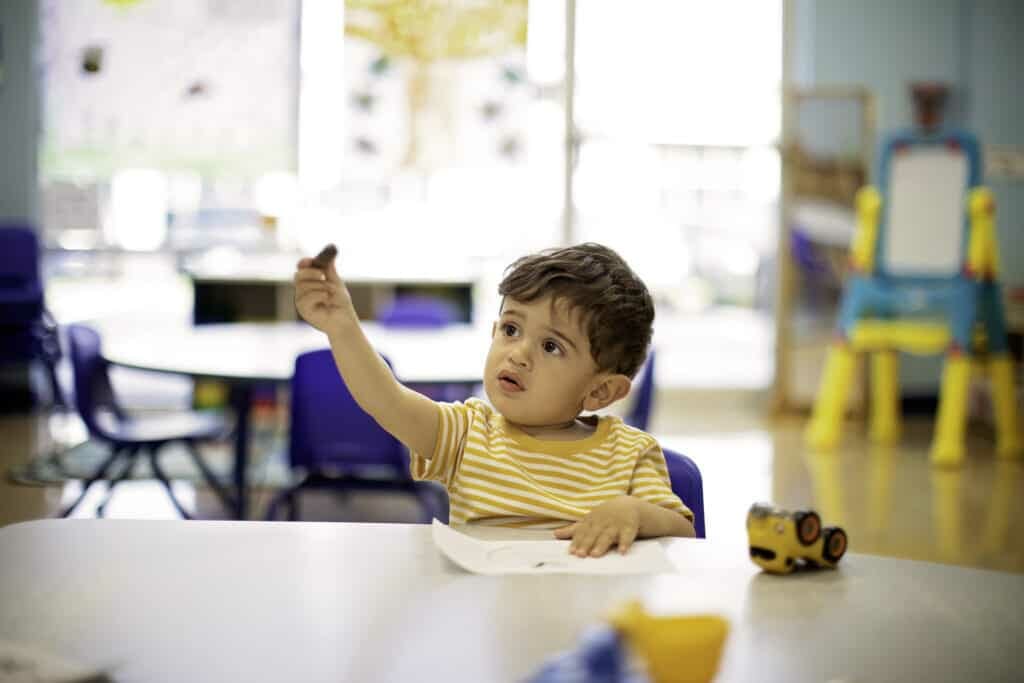
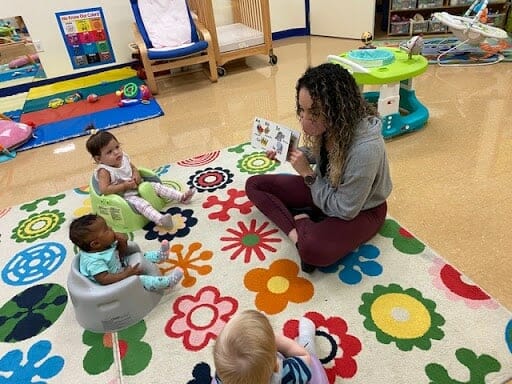
- Project based curriculum. Projects are the foundation of both the children’s and instructors’ learning. They are founded on the belief that learning by doing is critical and that discussing ideas and experiences in groups and revisiting them is the best approach to improve knowledge and understanding. The continuity of the experience of children and instructors as they build knowledge together is where project ideas come from. Projects may take anywhere from a day to a year, depending on the children’s enthusiasm and interest. Teachers assist students in making choices on the course of study. The methods by which the group will investigate the subject, the representational medium that will exhibit and highlight the topic, and the resources required to portray the work throughout a project.
Projects:
- may stem from the thoughts and/or interests of youngsters
- can be provoked by teachers
- Teachers who know what interests youngsters may expose them to shadows, puddles, towering buildings, construction sites, nature, and so on.
- should be long enough to grow over time, to debate new ideas, to argue over, to cause disputes, to revisit, to observe progress, and to see ideas move
- should be tangible, personal, and meaningful to children; it should be “big” enough to accommodate a wide range of concepts and rich in interpretive/representational expression.
Media:
- explore first: what is this material, what does it do, before what can I do with the material
- Color, texture, and pattern should be varied: assist children in “seeing” colors, tones, and hues; help children in “feeling” texture, similarities, and contrasts.
- should be presented artistically and aesthetically appealing to the eye; it should entice you to touch, appreciate, and inspire you.
- should be used in a variety of tasks to let students realize the possibilities.
- The Environment: The appearance and feel of the classroom are given a lot of thought in Reggio Emilia schools. The environment is referred to as the “third teacher.” Small and big group projects and small personal spaces for one, two, or three youngsters are meticulously organized by teachers. Children’s and adult eye level, documentation of children’s work, flora, and collections that children have created from previous excursions are exhibited. Dramatic play spaces and work tables for children from various classes are accessible to all students in the shared space.

